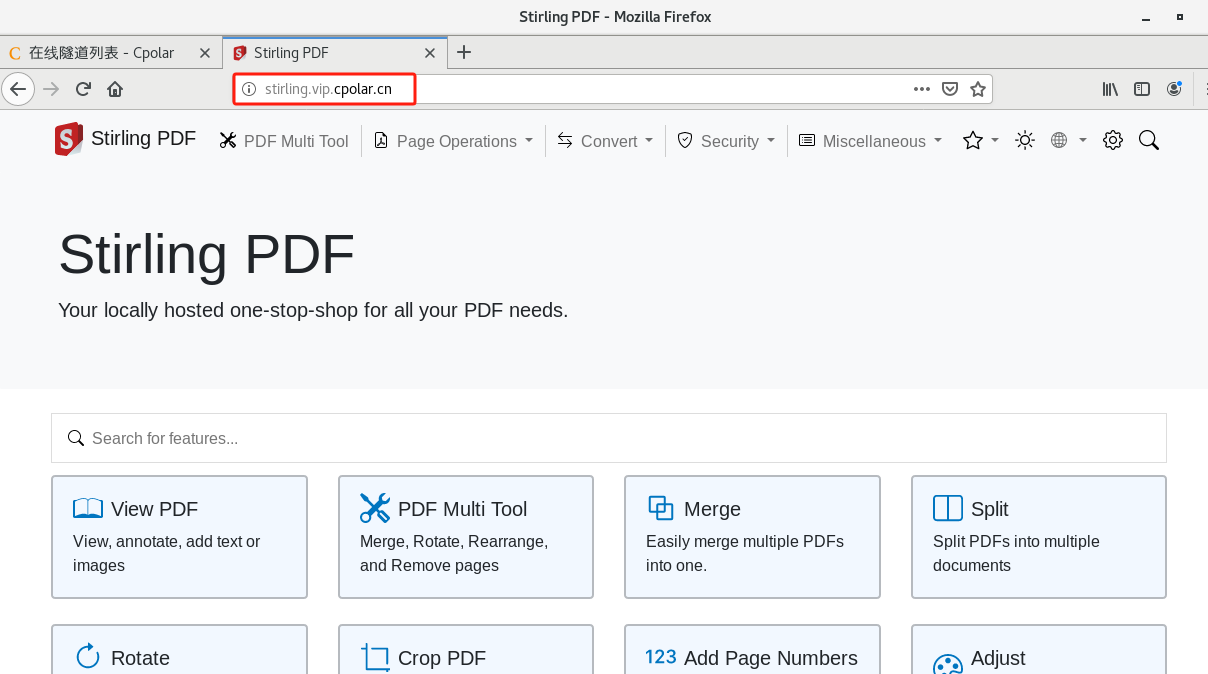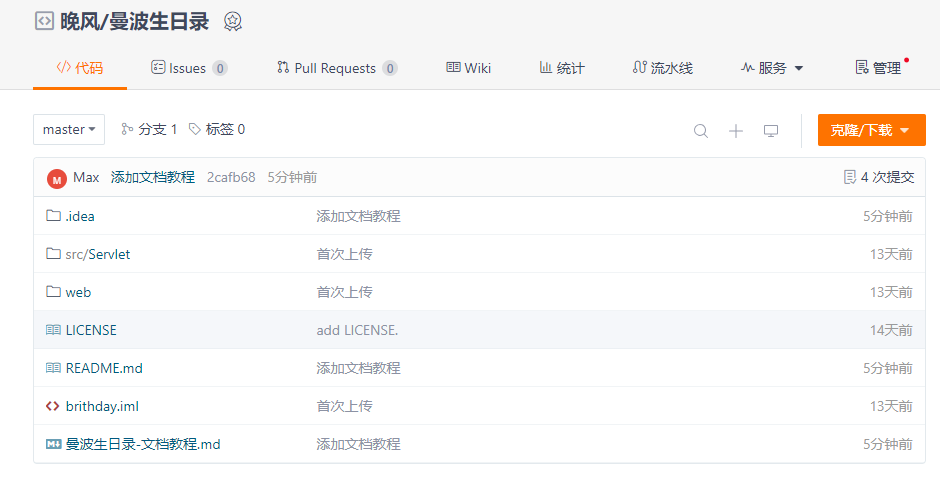
目录
File类
属性
构造方法
方法
文件内容的读写
InputStream
OutputStream
File类
属性
| 修饰符及类型 | 属性 | 说明 |
| static String | pathSeparator | 依赖于系统的路径分隔符,String类型的表示 |
| static char | pathSeparator | 依赖于系统的路径分隔符,char类型的表示 |
构造方法
| 签名 | 说明 |
| File(File parent,String child) | 根据父目录+孩子文件路径,创建一个新的File实例 |
| File(String pathname) | 根据文件路径创建一个新的File实例,路径可以是绝对路径或者相对路径 |
| File(String parent,String child) | 根据父目录+孩子文件路径,创建一个新的File实例,父目录用路径表示 |
方法
| 修饰符及方法返回值类型 | 方法签名 | 说明 |
| String | getParent() | 返回File对象的父目录文件路径 |
| String | getName() | 返回File对象的纯文件名称 |
| String | getPath() | 返回File对象的文件路径 |
| String | getAbsolutePath() | 返回File对象的的绝对路径 |
| String | getCanonicalPath() | 返回File对象的修饰过的绝对路径 |
| boolean | exists() | 判断File对象描述的文件是否真实存在 |
| boolean | isDirectory() | 判断File对象代表的文件是否是一个目录 |
| boolean | isFile() | 判断File对象代表的文件是否是一个普通文件 |
| boolean | createNewFile() | 根据File对象,自动创建一个空文件,成功创建后返回true |
| boolean | delete() | 根据File对象,删除该文件,成功删除后返回true |
| void | deleteOnExit() | 根据File对象,标注文件将被删除,删除动作会到JVM运行结束后才会进行 |
| String[] | list() | 返回File对象代表的目录下的所有文件名 |
| File[] | listFiles() | 返回File对象代表的目录下的所有文件,以File对象表示 |
| boolean | mkdir() | 创建File对象代表的目录 |
| boolean | mkdirs() | 创建File对象代表的目录,如果必要,会创建中间目录 |
| boolean | renameTo(Filedest) | 进行文件改名,也可以视为剪切,粘贴操作 |
| boolean | canRead() | 判断用户是否对文件有可读权限 |
| boolean | canWrite() | 判断用户是否对文件有可写权限 |
代码示例1
public class demo1 {public static void main(String[] args) throws IOException {File f=new File("./test.txt");System.out.println(f.getParent());System.out.println(f.getName());System.out.println(f.getPath());System.out.println(f.getAbsolutePath());System.out.println(f.getCanonicalPath());}
}运行结果

代码示例2
public class demo2 {public static void main(String[] args) throws IOException {File file=new File("d:/test.txt");System.out.println(file.exists());System.out.println(file.isDirectory());System.out.println(file.isFile());//创建文件boolean ret=file.createNewFile();System.out.println("ret = "+ret);System.out.println(file.exists());System.out.println(file.isDirectory());System.out.println(file.isFile());}
}运行结果

代码示例3
public class demo3 {public static void main(String[] args) throws InterruptedException {File f=new File("d:/test.txt");
// boolean ret=f.delete();
// System.out.println("ret = "+ret);f.deleteOnExit();Thread.sleep(5000);System.out.println("进程结束");}
}
第二种删除方式是进程运行结束后才删除。
代码示例4
public class demo4 {public static void main(String[] args) {File f=new File("d:/");String[] files=f.list();System.out.println(Arrays.toString(files));}
}运行结果

代码示例5
public class demo5 {public static void main(String[] args) {File f=new File("d:/aaa/bbb/ccc");
// boolean ret=f.mkdir();boolean ret=f.mkdirs();System.out.println("ret = "+ret);}
}运行结果

文件内容的读写
InputStream
方法
| 修饰符及返回值类型 | 方法签名 | 说明 |
| int | read() | 读取一个字节的数据,返回-1代表已经完全读完了 |
| int | read(byte[] b) | 最多读取b.length字节的数据到b中,返回实际独到的数量,-1代表读完了 |
| int | read(byte[] b,int off,int len) | 最多读取len-off字节的数据到b中,放在从off开始,返回实际独到的数量,-1代表读完了 |
| read | close() | 关闭字节流 |
InputStream 只是一个抽象类,要使用还需要具体的实现类。关于 InputStream 的实现类有很多,基本可以认为不同的输入设备都可以对应一个 InputStream 类,我们现在只关心从文件中读取,所以使用 FileInputStream 。
FileInputStream
| 签名 | 说明 |
| FileInputStream(File file) | 利用File构造文件输入流 |
| FileInputStream(String name) | 利用文件路径构造文件输入流 |
代码示例1
public class demo9 {public static void main(String[] args) {try(InputStream inputStream=new FileInputStream("d:/test.txt")){byte[] buffer=new byte[1024];int n=inputStream.read(buffer);System.out.println("n = "+n);for (int i = 0; i < n; i++) {System.out.printf("%x\n",buffer[i]);}} catch (FileNotFoundException e) {throw new RuntimeException(e);} catch (IOException e) {throw new RuntimeException(e);}}
}运行结果

代码示例2
public class demo11 {public static void main(String[] args) {try(InputStream inputStream=new FileInputStream("d:/test.txt")){Scanner scanner=new Scanner(inputStream);String s=scanner.next();System.out.println(s);} catch (FileNotFoundException e) {throw new RuntimeException(e);} catch (IOException e) {throw new RuntimeException(e);}}
}运行结果

OutputStream
方法
| 修饰符及返回值类型 | 方法签名 | 说明 |
| void | write(int b) | 写入一个字节的数据 |
| void | write(byte[] b) | 将b这个字节数组中的数组全部写入OS |
| int | write(byte[] b,int off,int len) | 将b这个字节数组中从off开始的数据写入OS,一共写len个 |
| void | close() | 关闭字节流 |
| void | flush() | 重要:我们知道 I/O 的速度是很慢的,所以,大多的 OutputStream 为了减少设备操作的次数,在写数据的时候都会将数据先暂时写入内存的 一个指定区域里,直到该区域满了或者其他指定条件时才真正将数据写 入设备中,这个区域一般称为缓冲区。但造成一个结果,就是我们写的 数据,很可能会遗留一部分在缓冲区中。需要在最后或者合适的位置, 调用 flush (刷新)操作,将数据刷到设备中。 |
OutputStream 同样只是一个抽象类,要使用还需要具体的实现类。我们现在还是只关心写入文件中,所以使用 FileOutputStream。
代码示例1
public class demo10 {public static void main(String[] args) {try(OutputStream outputStream=new FileOutputStream("d:/test.txt",true)) {String s="你好世界";outputStream.write(s.getBytes());} catch (FileNotFoundException e) {throw new RuntimeException(e);} catch (IOException e) {throw new RuntimeException(e);} ;}
}运行结果

代码示例2
public class demo12 {public static void main(String[] args) {try(OutputStream outputStream=new FileOutputStream("d:/test.txt")){PrintWriter writer=new PrintWriter(outputStream);writer.println("hello");writer.flush();} catch (FileNotFoundException e) {throw new RuntimeException(e);} catch (IOException e) {throw new RuntimeException(e);}}
}运行结果

代码示例3
删除指定目录下的指定关键词的文件
public class demo13 {public static void main(String[] args) {Scanner scanner=new Scanner(System.in);System.out.println("请输入要扫描的路径");String path=scanner.next();File rootPath=new File(path);if(!rootPath.isDirectory()){System.out.println("输入的路径有误");return;}System.out.println("请输入要删除文件的关键词");String word=scanner.next();scanDir(rootPath,word);}private static void scanDir(File rootPath,String word){File[] files=rootPath.listFiles();if(files==null)return;for (File f:files) {System.out.println("当前扫描的文件:"+f.getAbsolutePath());if(f.isFile())checkDelete(f,word);elsescanDir(f,word);}}private static void checkDelete(File f,String word){if(!f.getName().contains(word))return;System.out.println("当前文件为:"+f.getAbsolutePath()+",请确认是否删除");Scanner scanner=new Scanner(System.in);String choice=scanner.next();if(choice.equals("Y") || choice.equals("y")){f.delete();System.out.println("删除完毕");}else{System.out.println("取消删除");}}
}


















